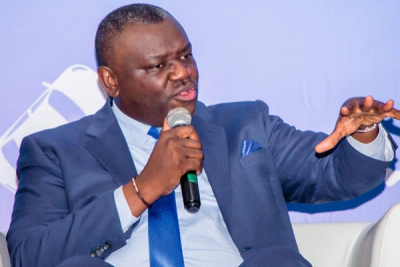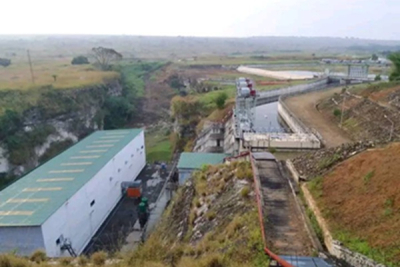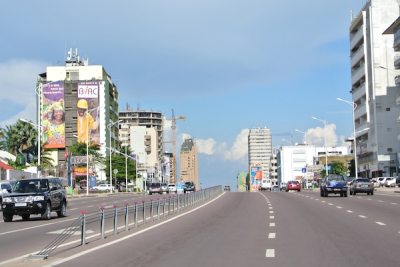Digital technology is central to the strategy of the Democratic Republic of Congo (DRC) to enhance public finance management. This strategy aims to improve transparency, institutional efficiency, and combat corruption. In the first review of its second program with the International Monetary Fund (IMF), the DRC announced several technological reforms to bolster economic growth in 2025, focusing on raising the country’s real gross domestic product or real GDP by 5.4%.
The strategy will specifically aim to rapidly deploy the LOGIRAD integrated management software for duties, taxes, and royalties across various government sectors, including mines, hydrocarbons, telecommunications, migration, land affairs, and justice.
The government also plans to implement an integrated tax management system (ERP) at the Direction Générale des Impôts (DGI) and digitize customs procedures at the Direction Générale des Douanes et Accises (DGDA). "We aim to finalize these deployments by February 2025," the government informed the IMF.
2025 and beyond
Looking beyond 2025, the Congolese government recognizes the importance of digitization for good governance and is exploring new solutions to prevent waste of public resources. "We will resolutely place dematerialization and digitization of procedures at the heart of our efforts to modernize public financial management (PFM) tools," they said. With digitization elevated to a strategic priority since mid-June 2024, we are working to set up an integrated public financial management system (SIGeFiP) by September 2027,” the authorities added.
The new system, the government claims, “will feature modules for budgeting, program execution, accounting, and cash flow management. Existing IT systems for managing taxes, duties, public debt, and procurement will be integrated with SIGeFiP under the global digitization plan for PFM adopted in October 2023”.
While these initiatives signal a commitment to better resource management that reassures the IMF, concerns linger about their long-term success. Challenges such as low internet coverage and inadequate access to electricity are critical issues identified by the World Association of Telephone Operators as barriers to digital transformation in Africa. These issues are significant in the DRC.
Last April, Bruno Yuma, Director of International Relations at the DRC’s telecom and posts regulator (ARPTC), noted that only about 20% of the planned 50,000 kilometers of fiber optics had been deployed nationwide. Meanwhile, the electrification rate was estimated at just 21.5% in 2024. Furthermore, there are concerns that the deteriorating security situation in eastern DRC may shift priorities away from these crucial digital initiatives.
This article was initially written in French by Muriel Edjo
Edited in English by Ola Schad Akinocho










